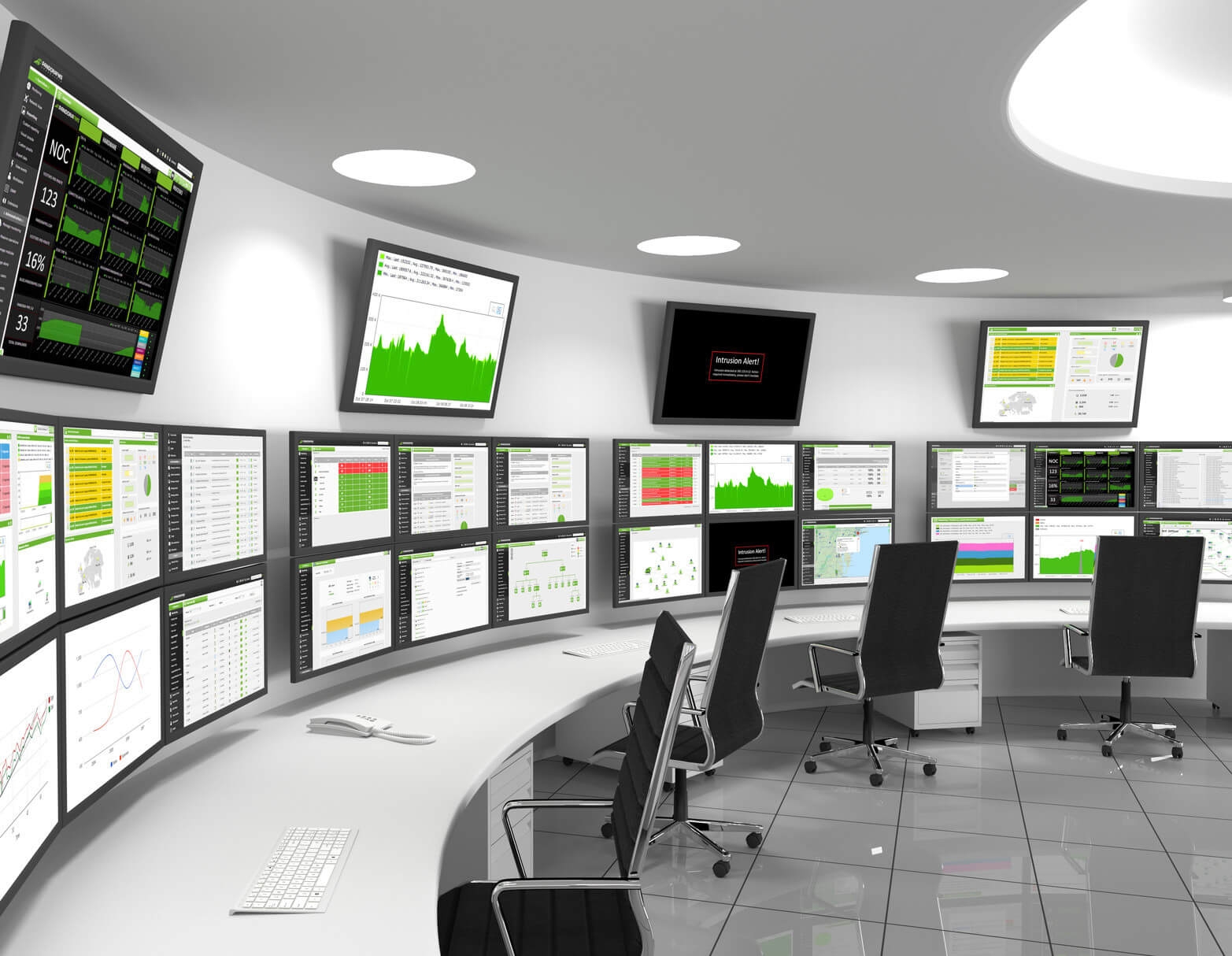Table Of Content

According to a report by PwC, one in three customers will leave a business after just one bad customer experience. Unsurprisingly, the challenge to keep up with client expectations also accelerates product development life cycles. And, as teams try to keep up with a growing workload, there’s the risk of miscommunication among designers and between designers and developers. Although it’s perfectly fine to make taking care of the design process part of every designer or design manager, as the company matures, it might be worth considering getting a dedicated role, or even a whole team or department.
Why Is a Successful Operational Strategy Important
This is more than just tooling, but includes everything about an organization’s design. Designers are becoming increasingly isolated from each other when there is no main team or specialists work remotely. The DesignOps engineer structures teams with a full set of skills, defines the roles of the design department, creates communities where practitioners can share skills and interests, and organizes regular meetings for them. The data obtained will tell you how specialists evaluate the effectiveness of work processes, what the design gaps are, and what hinders them the most.
Building your design ops team
DesignOps means more than just design; they have more to do with a user-centric approach to design, which is crucial for UX/user research. Teams could no longer all fit on the same floor… Access to information, design standards, workstream collisions, and quality issues all became very real problems.” Excerpt from Adrian Cleave’s DesignOps at Airbnb article. I believe lasting change can only happen from the inside, so I embed myself within organisations to help structure, educate and systemise practices. This is just one of the many ways you can create an open communication flow among your team members. Working with the legal team to create NDAs and participant release forms that are used during user testing. Design with interactive components coming from your team’s design system.
Improved efficiency
As one person recently put it to me recently, DevOps was created as a way to remove QA and SysAdmin from the operations equation. Developers owned their own QA as well as given means and authority to deploy their code directly through to the delivery system(s). Similar unresolved issues often lead to burnout, slow product implementation, and poor design quality. Any web design agency that implements DesignOps into its processes eliminates these shortcomings, improving design and making its scaling easier. The DesignOps engineer organizes seminars and training for the career development of the design team.
Field Operations optimises Gansevoort Peninsula for leisure and ecological resilience - Dezeen
Field Operations optimises Gansevoort Peninsula for leisure and ecological resilience.
Posted: Wed, 11 Oct 2023 07:00:00 GMT [source]
With the advent of agile, the importance of design got pushed to the fringes in favor of fast results and solutions, oftentimes neglecting to understand the underlying problems. Many DesignOps professionals and organizations share informative content on YouTube. Search for DesignOps-related channels and webinars to find valuable insights and discussions. Review the technical skill set of your team and whether they have the necessary skills to execute the workflow efficiently. And if there’s any lack, provide them with appropriate DesignOps training to plug the gap.

All effort aims to weave user centred design, outcome orientated thinking and scientific method into the way the business operates. Design Operations (or DesignOps) is the intentional operationalisation and optimisation of design. It focuses on designing the design practice and building a systematic framework that allows design to succeed at scale. It also explores how design can better integrate with an organisation to shape and build products that win. Some organizations might follow the Design Thinking process, while others might focus primarily on Google’s Design Sprints. While this approach might be effective if you’re a small team or an early-stage startup, bear in mind that it’s not a scalable approach.
For example, because design is emotional it means that it is already a fairly difficult deliverable to communicate accurately. Couple that with abstracted digital toolboxes, you will end up with a ton of misalignment between team members. When it comes to the design side of the equation there is nothing quite like it. Whether you’re looking for internships, entry level positions or team leadership positions, search with confidence and use the DesignOps community to garner extra insights. Request access to UXPin Merge and start prototyping with interactive UI elements that are a single source of truth between design and development.

It’s impossible for a single person or team to focus on all of these components at once. DesignOps teams and thinkers recognize and target areas of particular gravity for a specific context. Shifts are happening in the way designers work and interact with each other and other teams, and these shifts are shining a light on the necessity of DesignOps. All fields must figure out how to mitigate growing amounts of bureaucracy and overhead communications as they scale. The Utah campus marks an important milestone as the company builds on its ongoing expansion of customer capabilities and partnerships in the region. Draper has provided engineering services and technology development to the U.S.
If you take the time to set reasonable expectations, you can cut down on the number of irrelevant requests you receive. Design managers and design ops managers have some of the same responsibilities. For example, the design manager oversees team members and monitors workflows.
Team members have access to templates, frameworks, and reusable design elements, eliminating the need to start every task from scratch. This increases efficiency and gives team members more time to focus on adding value to the organization. It’s difficult to stay motivated when other people don’t understand the value of your work. If your company decides to use the design ops approach, you’ll be able to measure your impact using a variety of metrics.
As a growing area of interest, there can be some inconsistencies in how DesignOps is defined and described. However, a general consensus is that you can hire the best designers in the world, but without systems and operations to support them, there is still a potential for poor output. Ongoing measurement of these factors will help practitioners track and evaluate the impact of DesignOps tactics, pivot as needed, and continue to evolve the practice over time as design-team challenges and needs shift.
Start building prototypes by dragging and dropping real building blocks of your app and streamline design. From these initial designers, you then scale to a full team of five to seven people that include content strategy and communication design. Fluidity is also essential within DesignOps to understand and anticipate evolving design needs.
A major part of design operations is connecting with other capabilities and departments to better integrate working practice. Rather than designing upfront and then passing work through lengthy gated processes, I work to grant autonomy or get the right input and approval at the right time. The customer expects companies to be single entities working in unity, I work to make this a reality while keeping everyone focused on their needs. The number of challenges that companies face today is growing; customers become more demanding, new products are launched faster, while product life cycles shorten. Not only will it improve your design workflow, but it will also let designers focus on what they do best i.e. design digital products. For starters, both business and user requirements are becoming more complex (which also means that clients are also becoming more unforgiving).
The four perspectives of operations strategies include the top-down, bottom-up, market perspective, and competitors perspective. The top-down approach comes from senior management, while the bottom-up approach focuses on insights from operational staff. The market perspective aligns needs with demand from customers, while the competitors’ perspective considers your company in the context of the broader industry landscape.
In the end the goal is exactly to do what is necessary to amplify the value of your design team and its perception as valuable in your organization. Be as intentional in your design and execution of your design operations as you would about any other part of your organization that you expect to gain value from. Their job is to create a stakeholder map in your organization, and couple that with a culture map. Then based on objectives, create new versions of how the flow of information and artifacts need to occur. In so doing, they will design the feng shui that is ideal for your needs. Of course, there is no idea, so experiments based on strong hypotheses are created and experiments are monitors for results.
This way, your team can focus more time on the actual design and maintain consistency with the coded product. While this approach might still work well for some teams, it is unproductive at scale. Here’s where DesignOps comes in, helping orchestrate teamwork and building clear structure and roles.

No comments:
Post a Comment